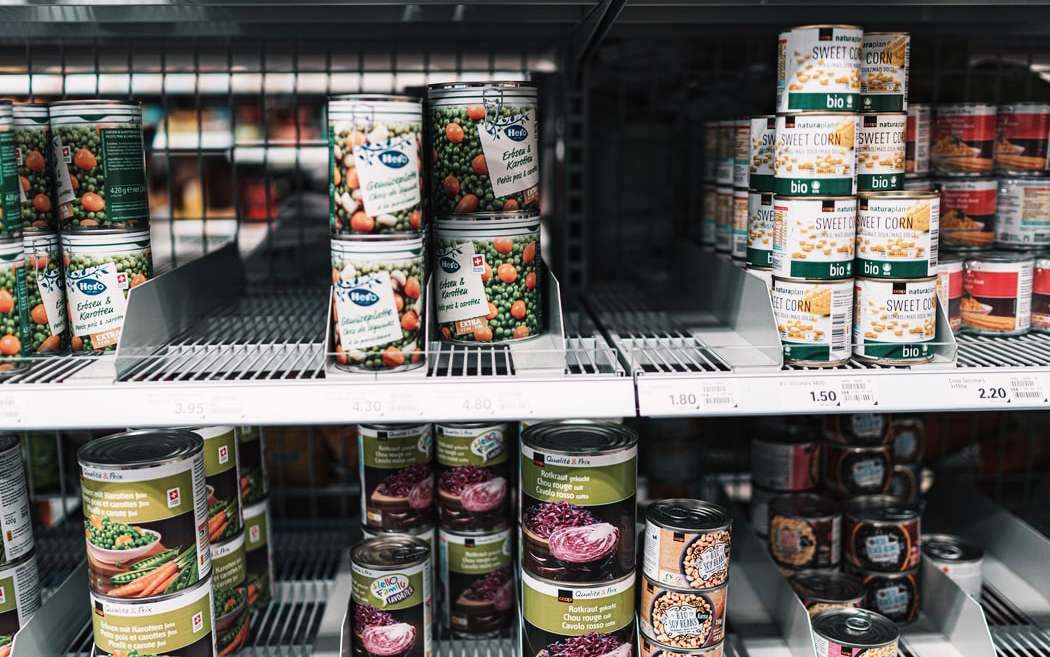A New Normal: Food Trends on the Rise

Without a doubt, the industry is changing. Consumer buying habits, supply chain disturbances, and a general uneasiness about shopping in-person are just a handful of the factors that are affecting the food & beverage industry. And although some of these may be temporary, their effects may extend into the foreseeable future. However, is there a bright side to these trends?
This week, we are going to look at three of the biggest trends that have resulted from the COVID-19 pandemic. We will dive into what exactly has contributed to them, and how they could benefit the industry in the long-term.
Anytime is Snack Time
Since mid-March, and the start of social distancing and working from home orders, many (non-essential) people have found themselves at home more than ever before. And naturally, this transition was a bumpy one. Those who shifted to working from home had to reestablish a new work/life balance, and anyone else quarantined has had to find new ways to fill their time. With this disturbance to consumer’s normal daily habits, it was only natural that their eating habits started to shift as well.
In an article on Food Dive, Jessi Devenyns stated, “Overall, the snacking giant’s data showed two-thirds of consumers have changed their shopping habits in the last 30 days with consumers seeking out trusted, familiar brands that provide indulgence. They have bought more chips, popcorn, cheese and bakery products.” While spending more time closer to their pantries, consumers are gravitating towards quick comfort snacks for a quick indulgent fix.
However, consumer’s new interests in snacks isn’t necessarily a new trend. Over the past few years, we have seen an increase in better-for-you products packaged in bite-sized or convenient packaging. These products typically contain healthy ingredients that offer additional benefits to traditional chips, crackers, or bite-sized treats. Now, these products have an increased value to consumers. They offer convenient, healthy options for those finding a new balance to their diet while staying home.
Meat Industry
In the past couple of weeks, many meat processing plants have shut down due to COVID-19 outbreaks. Despite taking precautionary safety measures, and government intervention, the meat industry is, unfortunately, taking a huge hit. Although the effects of these shutdowns are not widespread yet, we will slowly start to see a change in supply and price for staple grocery meat products.
The closure of these plants has started to shine a light on the sustainability of the meat industry, or the lack thereof. As reported through Food Navigator, Ingredion has seen reports of an increase in consumer interest in plant-based products. Although the closure of meat processing plants will only be temporary, many companies who offer plant-based products are taking this time to increase their marketing spend and take advantage of this change in supply.
Convenient Shopping
To effectively socially distance themselves, many consumers who have the means to do so started to purchase their groceries online. Although in the past year we had seen an increase in popularity for grocery delivery apps such as Instacart and Amazon Fresh, recently these sites have seen an even larger increase in sales. According to Brick meets Click, in April there was a 33% increase in the total number of online orders as well as an increase in average purchase size from $82 to $85.
While grocery stores have been a source of stress to many customers, these easy to use services have offered concerned consumers a convenient way to get groceries from the comfort of their own homes. Without a doubt, this shift in behavior has influenced consumer buying habits. Online grocery purchases often limit the types of products consumers buy. From only buying “necessary” items to the lack of impulse purchases, consumers purchasing groceries online are oftentimes more vigilant and aware of the products they are purchasing.
To read more about our coverage of how COVID-19 is affecting the food & beverage industry, read our previous blogs about how brands are supporting their community and what brands should consider while operating during the pandemic.
